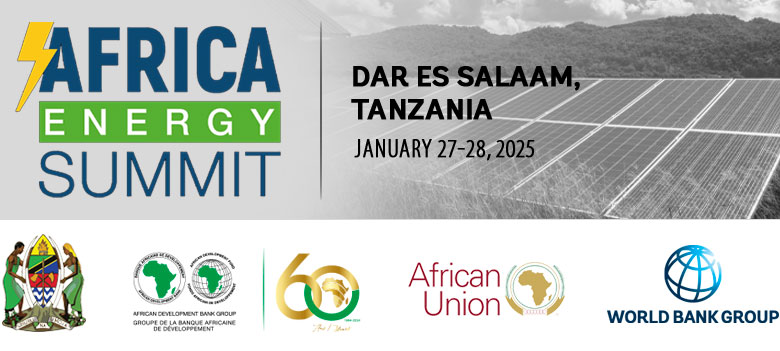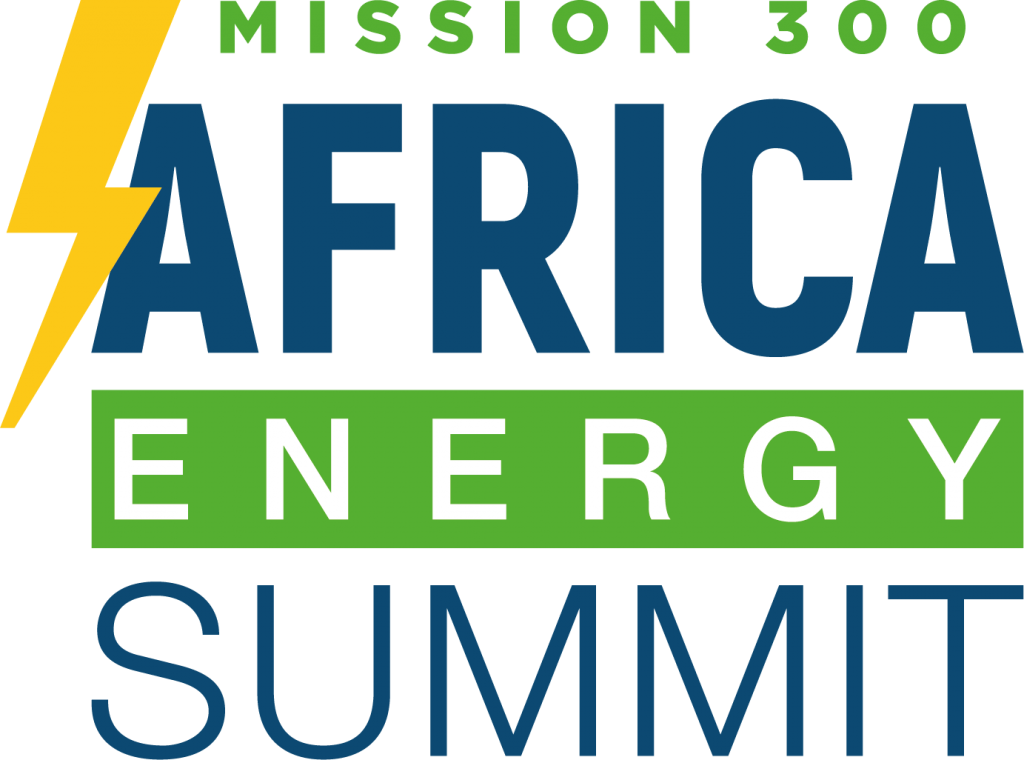On January 27-28, 2025, African heads of state and government convened in Dar-es-Salaam-Tanzania for the Mission 300 Africa Energy Summit. They were joined by private sector leaders, civil society groups, the African Union, the African Development Bank Group (AfDB), and the World Bank Group.
The context for the summit:

Right now, nearly 600 million people across Africa lack access to power. This staggering number accounts for 83% of the global power deficit, and affects everything from businesses and education to healthcare and, yes, even tourism.
If you’ve ever traveled to a remote destination in Africa, you’ve likely faced the challenge of unreliable electricity. Whether it’s a lodge running on a generator for just a few hours a day, or a safari camp with limited charging points, energy access significantly impacts the travel experience.
There is an urgent need to transform Africa into a green energy powerhouse. That’s why the Mission 300 Africa Summit was such a big deal. Its primary goal was to connect 300 million people to electricity by 2030. Kendirita Tours closely followed the summit, and in this article, we share our key takeaways.
Key highlights:
- Billions in investment: The Islamic Development Bank (IsDB) and the Asia Infrastructure Investment Bank (AIIB) pledged a combined $6.15 billion to electrification projects across Africa. This is in addition to the $48 billion previously committed by the World Bank and AfDB.
- Country commitments: Several nations including Nigeria, Senegal, Zambia, and Tanzania, signed up for ambitious reforms to improve their energy sectors and attract more investment.
- Focus on clean energy: The push for renewable energy solutions means more reliance on solar, wind, and hydropower, reducing dependence on costly and polluting diesel generators.
What does this mean for travel in Africa?
For travelers and tourism businesses, reliable electricity is a game changer. Here’s how the Mission 300 initiative could transform the travel experience:
A better stay experience

Many lodges, camps, and hotels—especially in national parks and remote areas—rely on limited solar power or generators. With better access to electricity, travelers can expect 24/7 power, better lighting, air conditioning, and more reliable Wi-Fi.
Improved transportation
As Africa’s energy infrastructure improves, we could see more electric vehicles (EVs) for safaris, buses, and taxis. This means cleaner air, lower fuel costs, and a smoother, more eco-friendly travel experience.
Growth in local tourism businesses
When communities get electricity, businesses thrive. More power means better tourism facilities, improved services in rural areas, and new attractions opening up in previously underserved regions.
Safer and more connected destinations

Reliable electricity can enhance security with better lighting, make ATMs and mobile payment systems more accessible, and improve emergency services. Travelers will have fewer disruptions and a more seamless experience.
Final thoughts:
Mission 300 is more than just an energy plan—it’s a vision for a brighter, more connected Africa.
For the travel industry, this means a more comfortable, sustainable, and exciting way to explore the continent.
At Kendirita Tours, we’re always looking ahead to how Africa’s evolving landscape will shape future adventures. With better electricity access on the horizon, the future of the African Safari looks brighter than ever.
Writer: Winnie Wekesa
